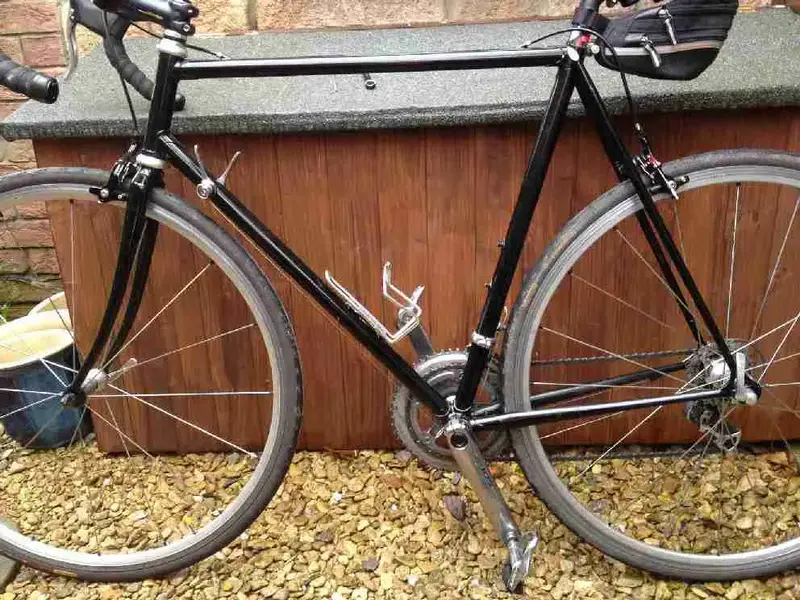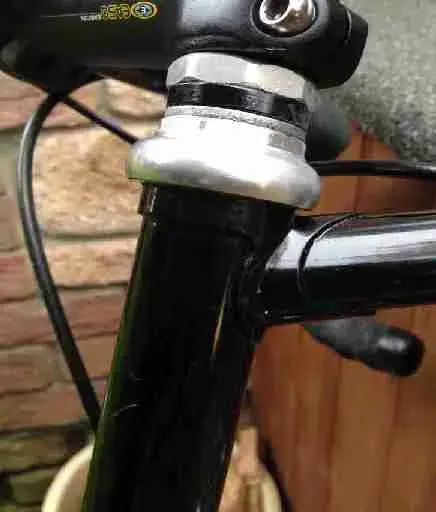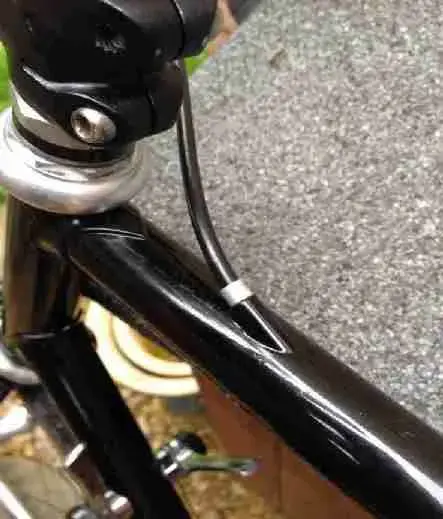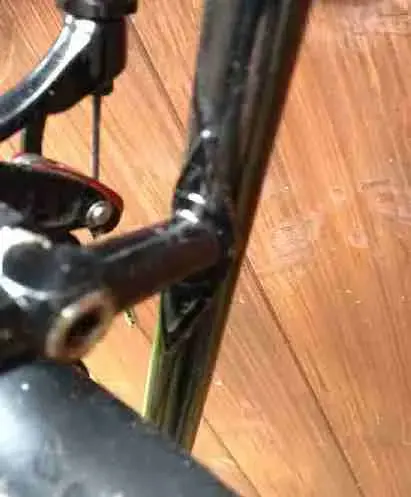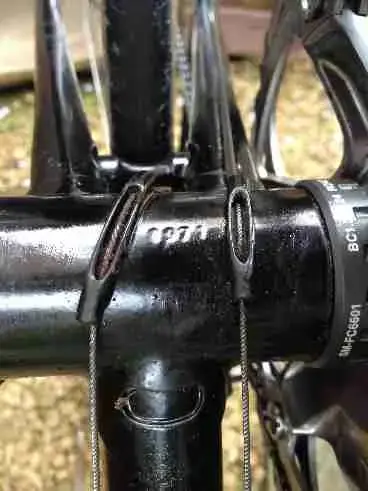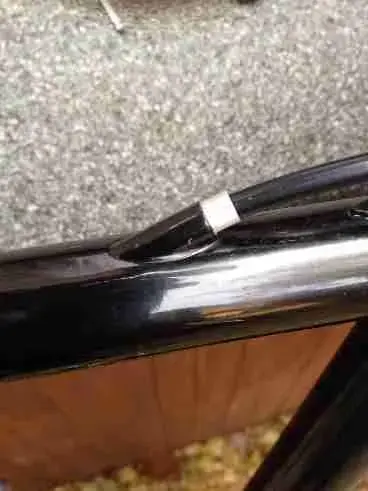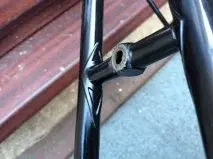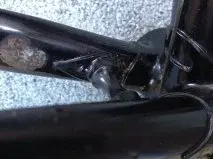Hi, I bought this to use as parts to update my 60s Flandria that is falling apart but after using it for a while it's far to good to mess with! I have tried doing research and spent many hours staring at Google images, to no avail but hope someone out there will put me right!
Clues:
# 8971 (consistent with Chas Roberts numbering but I can't find anything like it?)
Cast Reynolds BB with brazed on cable guides
735 on top of Seat Tube
Campanolo dropouts (stamped)
sweet rear brake cable routing in top tube (like Pinarello?)
Dainty diamonds on brake bridge and bottle lugs
Grateful for any advice or suggestions
Thanks
Clues:
# 8971 (consistent with Chas Roberts numbering but I can't find anything like it?)
Cast Reynolds BB with brazed on cable guides
735 on top of Seat Tube
Campanolo dropouts (stamped)
sweet rear brake cable routing in top tube (like Pinarello?)
Dainty diamonds on brake bridge and bottle lugs
Grateful for any advice or suggestions
Thanks
